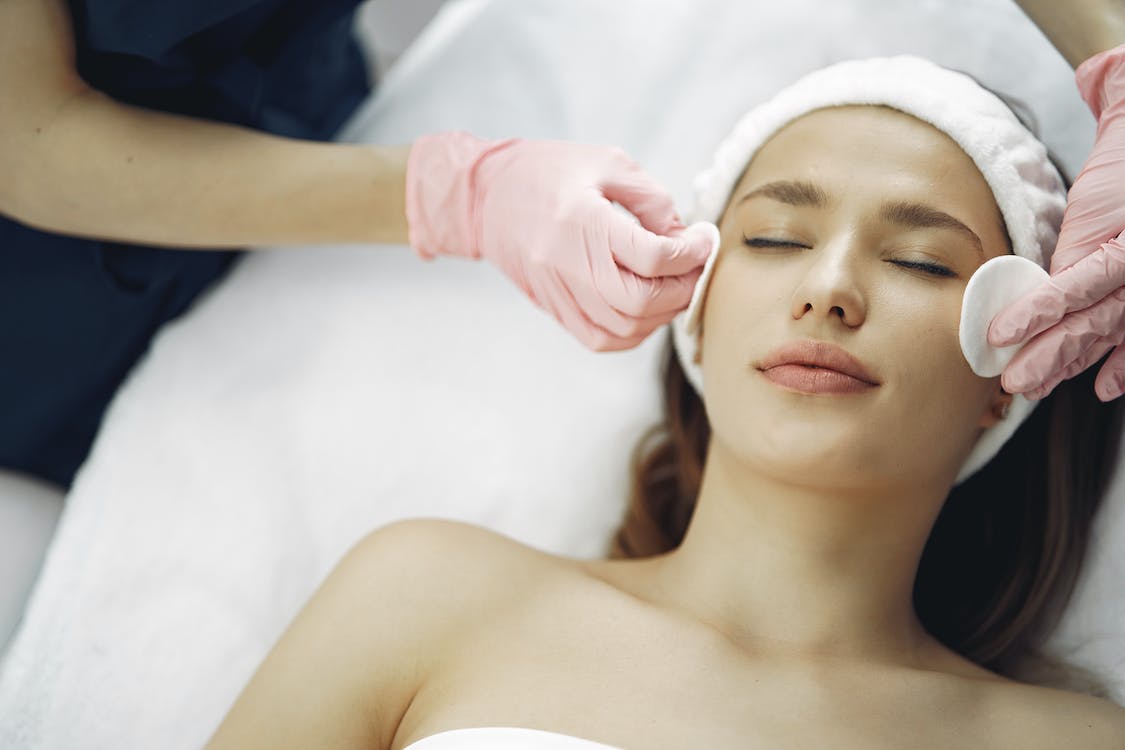When it comes to skincare, we can all agree that dry and flaky skin can be a huge confidence killer. After all, dry skin can be unsightly, itchy, and irritating, not to mention uncomfortable. When it comes to managing dry skin, some people are tempted to leave it alone, hoping it will go away on its own. However, this is usually not the case. Fortunately, with the right care and attention, it is possible to alleviate the symptoms of dry skin and restore the moisture balance of your skin. In this article, we will discuss the basics of treating and avoiding dry skin.
What is Dry Skin?
Dry skin is usually a temporary skin condition, but in certain cases, it can be long-lasting, especially if it is a symptom of an underlying medical condition. The severity of dry skin is usually determined by your medical history, as well as the climate where you live, your age, genetics, diet, and how much time you spend outdoors.
If you have dry skin, you may notice one or more of the following symptoms:
- After a shower or a swim, your skin feels tight;
- Your skin feels itchy and appears to be rough;
- Peeling, scaling, or flaking;
- Small wrinkles or cracks that may bleed at times;
- Redness and inflammation.
The good news here is that in most cases, dry skin can be managed with several effective techniques. However, if your skin’s condition worsens or it becomes infected, or if there are large areas that are peeling and flaking, it is time to consult a dermatologist. Here are some of the most effective tips to help you treat and prevent dry skin.
1. Hydration is key
Maintaining sufficient hydration is one of the most important aspects of controlling skin dryness. Dry skin typically loses moisture due to a compromised skin barrier, making it essential to stay hydrated. Hydrating from within by drinking water helps to replenish the moisture in your skin. In addition, applying external hydration by moisturising with creams and lotions is also important for treating dry skin. In fact, it is best to use moisturisers and lotions within three minutes after getting out of a shower in order to seal in the moisture.
On cold days, you may be tempted to have a very hot shower; however, this can be detrimental to dry skin, causing further dehydration. In addition, it is best to avoid long, hot showers as they dehydrate the skin and remove its protective oils. For individuals affected by dry skin, dermatologists advise that showers should ideally be kept to a maximum of ten minutes and water should be as cool as possible.
2. Check Your Moisturiser’s Ingredients
The key to maintaining healthy skin, especially during the winter months, is preventing water loss from the skin’s natural barrier. This is because the skin dries up and gets itchy and irritated when it becomes dehydrated. Hence the ideal strategy would be to strengthen and protect the skin’s protective barrier by applying humectant-containing lotions daily. As such, it is best to opt for lotions containing ingredients such as ceramides, hyaluronic acid, and oats. In addition, it is best to avoid the use of soaps that dry your skin, as well as cleansers and makeup removers, and to choose alcohol-free products instead.
3. Opt for Permanent Hair Removal
Temporary hair removal methods such as shaving and waxing can cause irritation and dry skin since it strips off natural oils from your skin while getting rid of the hair. If you have dry skin, it is best to either forego hair removal or consider permanent hair removal. Galvanic electrolysis is the only permanent hair removal solution approved by the U.S. Food and Drug Administration (FDA). This method involves inserting a hair-thin probe into each individual hair follicle and passing a tiny electrical current through it. The resulting chemical reaction permanently eliminates each treated hair’s stem cells that are responsible for hair regrowth, thereby ensuring that it never grows back. Moreover, electrolysis is safe and highly effective for permanent hair removal for men, women, and transgender individuals. Unlike laser hair removal, electrolysis can permanently remove light-colored hair, as well as hair of all colors and textures growing on the skin of all shades.
Conclusion
While having dry skin can be a real hassle, there are some effective ways of treating and preventing this condition. Remember to prioritize hydration by drinking enough water and applying hydrating creams and lotions to your skin. Finally, it is essential to adopt a gentle skincare routine and avoid temporary hair removal methods, which can further dry and irritate the skin. Follow these steps to achieve a supple and healthy complexion that radiates confidence.







